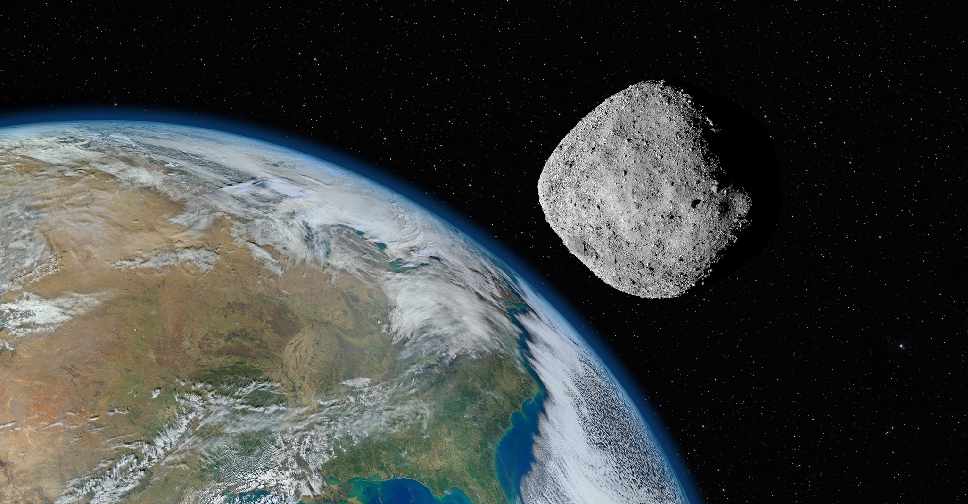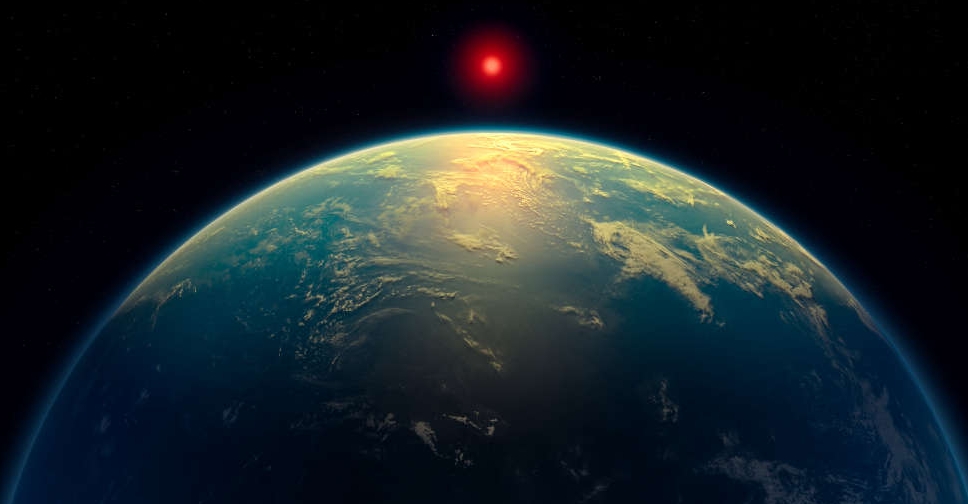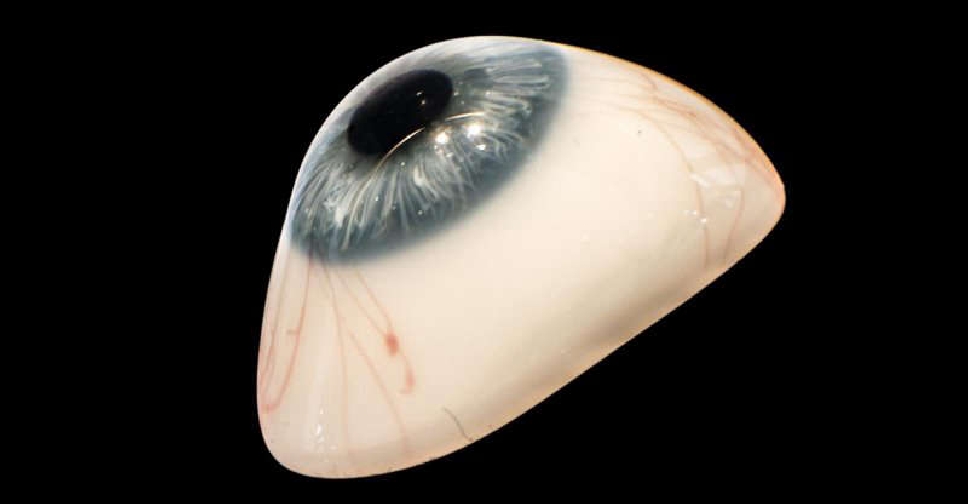
Five asteroids, one the size of a house, three the size of a plane, and one the size of a bus, will fly past Earth, according to NASA's Asteroid Watch dashboard.
Despite coming within 4.6 million miles of Earth, none of the asteroids are expected to pose a threat to the planet, NASA confirmed.
The largest asteroid in the group, dubbed 2023 QY6, is approximately 200 feet wide, roughly the dimension of a residential building. Travelling at a breakneck speed of 18,000 miles per hour, this mammoth will make its appearance on September 10.
The remaining four asteroids, although notably smaller, also offer exciting opportunities for scientists and space enthusiasts around the globe. These tiny space rocks are mere meters in size but their encounters provide invaluable data for astronomical research and future space missions.
While the thought of asteroids flying by Earth might seem daunting, it's worth noting that these occurrences are quite typical in space and are constantly monitored by international space agencies.




 Scientists find strongest evidence yet of life on an alien planet
Scientists find strongest evidence yet of life on an alien planet
 Unclaimed luggage firm finds 'Goonies' script, Rolex, glass eye
Unclaimed luggage firm finds 'Goonies' script, Rolex, glass eye
 LeBron James becomes first male athlete with Ken doll
LeBron James becomes first male athlete with Ken doll
 Galapagos tortoises become first-time parents aged 100
Galapagos tortoises become first-time parents aged 100
 Scientists develop world’s smallest injectable, dissolvable pacemaker
Scientists develop world’s smallest injectable, dissolvable pacemaker




